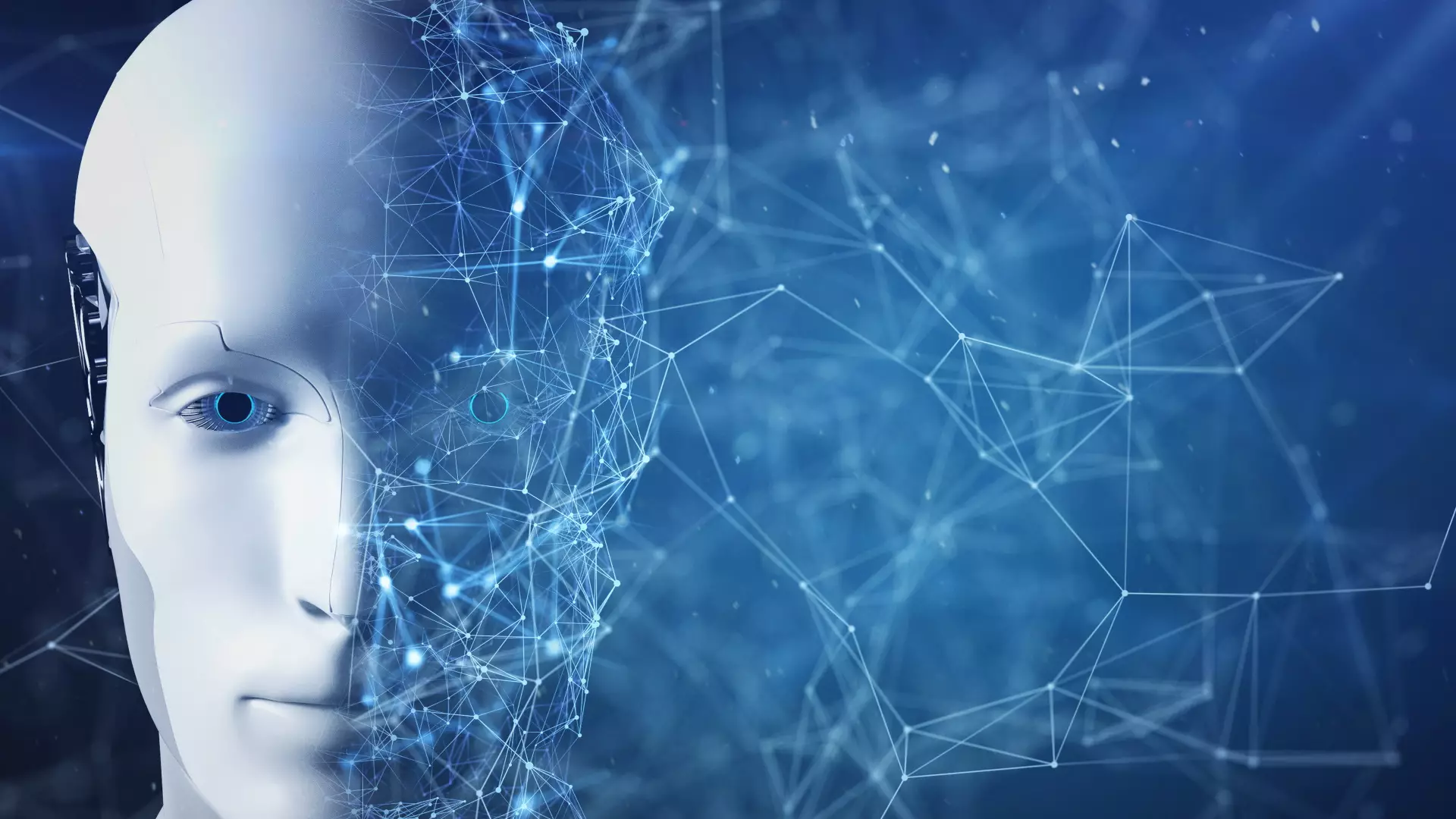In our rapidly advancing technological landscape, it’s imperative to recognize that artificial intelligence (AI) is fundamentally a tool—one that reflects the intentions of its users, whether noble or nefarious. While often portrayed as a standalone entity capable of autonomous decision-making, AI is at its core a sophisticated mechanism programmed to enhance human ingenuity. Its dual nature raises critical questions about ethical implementation and oversight, particularly when embedded in sectors as pivotal as education. The discourse surrounding AI’s role should pivot from fear-driven skepticism to optimistic contemplation of its potential to enrich learning experiences.
China’s Ambitious Initiative in Education
A telling example of AI’s potential lies in China’s recent initiative to integrate artificial intelligence into its educational system. As reported by Reuters, the nation is set to deploy AI to reshape its pedagogical methods and develop more effective textbooks across various educational levels. Aimed at evolving into a “strong-education nation” by 2035, this initiative aligns with a broader strategy to enhance the overall quality of education while fostering innovation. China’s education ministry envisions AI as a means to boost both teachers’ and students’ foundational skills, emphasizing competencies that range from basic communication and collaboration to advanced critical thinking and problem-solving abilities.
This ambitious plan recognizes learning as a continuous process that requires adaptation and evolution. The importance of nurturing innovative talents cannot be overstated; thus, by employing AI, China aims to personalize and streamline educational pathways tailored to individual students’ needs.
Pitfalls of AI: Questioning Current Models
However, while the benefits of AI in education are tantalizing, we must grapple with the realities of its current implementations. Much of the AI technology available today operates on models that are predominantly language-based, often trained to predict the next word in a sequence rather than delivering accurate or contextually relevant information. This propensity for being “confidently wrong” can lead to misinformation or diluted educational content, which students then may unwittingly accept as truth. The conundrum calls for a redoubling of efforts to ensure that AI, when used in classrooms, offers reliable and well-informed support to both educators and learners.
The imperative for transparent and purpose-built AI systems emerges as a critical consideration. Solutions deployed within educational contexts must evolve through close collaboration with educators, ensuring that they are meticulously designed and subjected to continuous scrutiny. This iterative process is essential to avoid pitfalls associated with generic AI models, which may inadvertently undermine the learning experience.
Personalized Learning: The Promise of AI
When harnessed effectively, AI has the potential to transform education into a highly personalized journey. The ability of AI to sift through massive datasets allows for the identification of learning patterns, preferences, and challenges faced by individual students. This capacity enables a shift from a one-size-fits-all approach to education toward a model that adapts to the unique needs of each learner. For example, AI could help educators identify struggling students early on and design interventions that target their specific weaknesses, thereby enhancing academic performance.
Moreover, by granting educators access to real-time insights into student progress, AI could empower teachers to refine their instructional methods and curricular choices, potentially leading to a more dynamic and responsive educational environment. This interactivity could lead to a cultural transformation within schools, where education becomes a collaborative endeavor rather than a hierarchical dissemination of knowledge.
Trusting AI’s Future: A Call for Vigilance
Yet, despite the promising future that AI presents for education, trust is a significant hurdle that educators and technologists must overcome. The skepticism towards AI’s capabilities, especially given the historical precedents of scrupulous oversight for educational content, raises questions about the integrity of knowledge transmission when machines are allowed to play a central role.
In light of China’s initiatives and ongoing discussions in the United States, there is an urgent need for proactive measures to build ethical frameworks surrounding AI in education. Stakeholders must work collaboratively toward establishing guidelines that prioritize both student safety and academic integrity. Fostering a culture of transparency—where educators and technologists operate with shared values and objectives—will be vital as we look to integrate AI into the educational landscape.
In essence, the path forward is fraught with challenges, but it is equally rich with potential. If we navigate this landscape wisely, respecting the nuances of both technology and pedagogy, we may yet realize a vision of education that is not only enhanced but revolutionized by artificial intelligence.


Leave a Reply